epilepsy
Latest
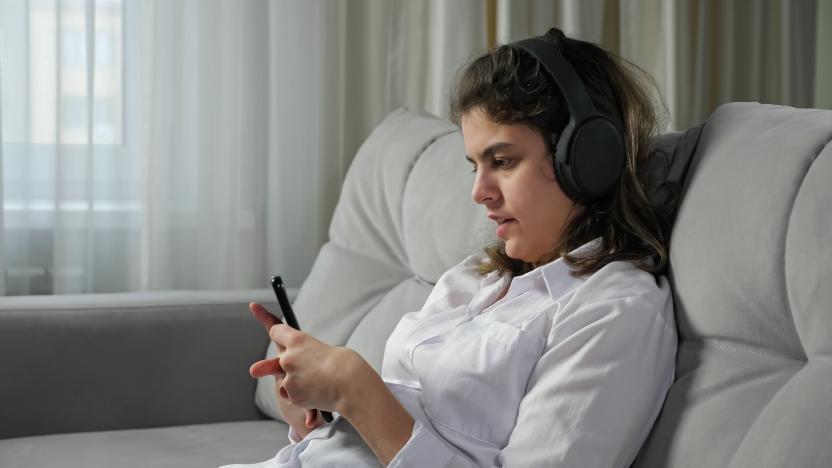
MIT study finds neurons in epilepsy patients that only respond to singing
The study’s participants were all epilepsy patients.

CD Projekt Red plans to address Cyberpunk 2077's epilepsy triggers
The team will implement a 'permanent solution' as soon as possible.

TikTok will add a flashing imagery filter to address epilepsy concerns
The move has been praised by epilepsy advocates.

Researchers say they can predict epileptic seizures an hour in advance
Their wearable device uses machine learning algorithms to analyze EEG signals.

Twitter blocks animated PNGs to keep trolls from using them to trigger seizures (updated)
Twitter will no longer animate PNG files after trolls hijacked the Epilepsy Foundation's handle and hashtags last month to send potentially seizure-inducing images to epileptic and photo-sensitive individuals. The company says it recently discovered a bug that had allowed people to add multiple animated images to a tweet and bypass Twitter's autoplay protections using the file format. That said, Twitter also says it isn't aware that anyone used APNG to try and trigger seizures; it just wants to avoid the possibility that people do so in the future.
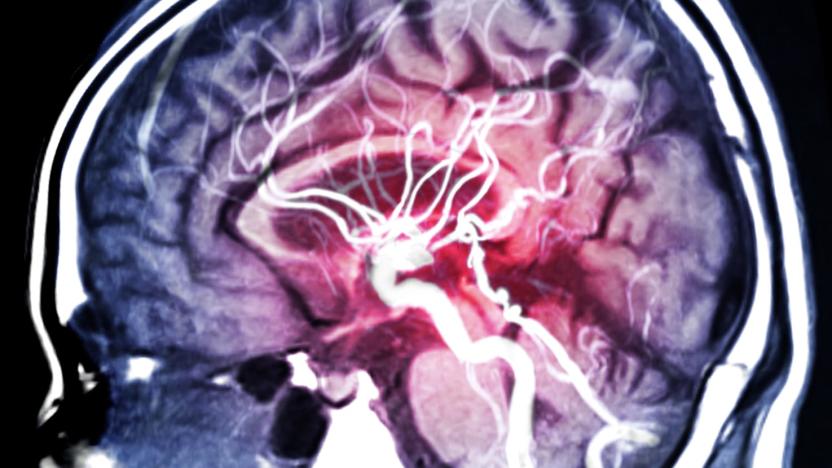
Researchers develop an AI system with near-perfect seizure prediction
We've seen a smart arm bracelet that can predict nightly seizures, but now a pair of researchers have created something even more promising: an AI system that can predict epileptic seizures with 99.6-percent accuracy. Even better, it can do so up to an hour before they occur. As IEEE Spectrum reports, that gives people enough time to prepare for the attack by taking medication. Around 50 million people around the world currently have epilepsy, according to the World Health Organization, and 70 percent of those patients can control their seizures with medication.

Facebook is inching closer to a think-to-type computer system
Elon Musk isn't the only one who wants us to communicate via brainwaves. Facebook also has ambitious plans to interface with computers using wearables and one day let us type rapidly with our brains. Now, neuroscientists from the University of California, San Francisco (backed by Facebook's Reality Labs) have demonstrated a system that can translate speech into text in real time using brain activity only. While impressive, it shows that the technology still has a long ways to go.

Smart arm bracelet warns of nighttime epileptic seizures
Nighttime epileptic seizures can be genuinely dangerous. If you have therapy-resistant epilepsy or a mental condition, you may have a one-in-five chance of dying from them. Thankfully, researchers at TUe may have a viable way of detecting and responding to those seizures in time to save lives. They've developed a smart arm bracelet, Nightwatch, that both detects signs of severe seizures and contacts care staff. It combines both a heart rate sensor and a motion sensor to look for both an unusually high heart rate as well as the rhythmic jolting characteristic of a seizure.

FDA approves its first marijuana-derived drug
In a nationwide first, the US Food and Drug Administration (FDA) has authorized the use of 'Epidiolex', a marijuana derivative which will be used to treat rare forms of epilepsy. Epidiolex -- also known as cannabidiol or CBD -- is a highly-purified version of the many psychoactive compounds found in marijuana, and does not result in a high.
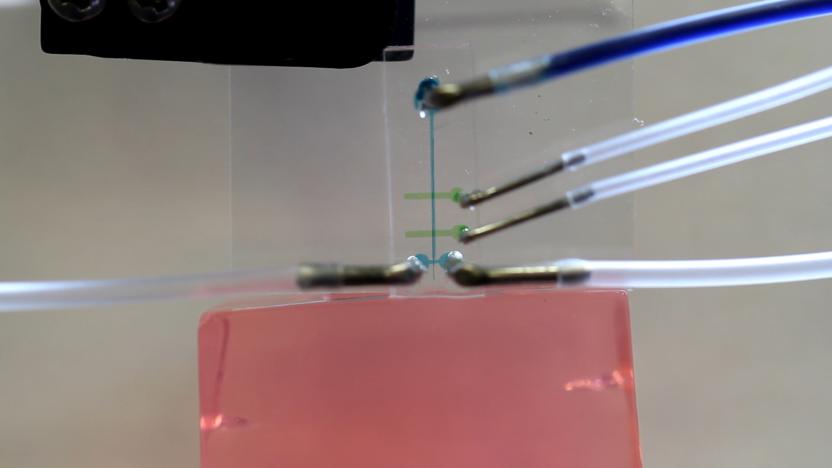
Researchers create less invasive method for placing brain electrodes
Our neurons are firing all the time, receiving signals from other neurons and sending signals of their own. To get a better understanding of how the brain works, scientists often listen in to those signals to see what kind of messages certain neurons send and how often they send them. Doing that often requires researchers to implant an electrode into the brain, which when it's close enough to a neuron, can pick up on the electrical signals that propagate through the neuron. However, getting an electrode into the brain isn't so easy. They either have to be rigid enough to penetrate the brain and remain straight or be inserted through needles that can keep them straight until they're safely in place. The problem is those rigid structures cause damage as they move through the brain and minimizing that damage is a goal that scientists are constantly working towards.
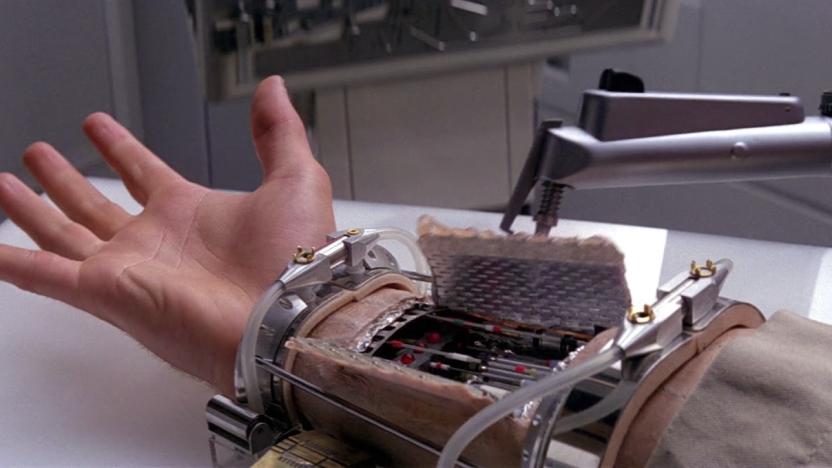
We're not getting Luke Skywalker's prosthetics any time soon
In 1937, robot hobbyist "Bill" Griffith P. Taylor of Toronto invented the world's first industrial robot. It was a crude machine, dubbed the Robot Gargantua (PDF, Pg 172) by its creator. The crane-like device was powered by a single electric motor and controlled via punched paper tape, which threw a series of switches controlling each of the machine's five axes of movement. Still, it could stack wooden blocks in preprogrammed patterns, an accomplishment that Meccano Magazine, an English monthly hobby magazine from the era, hailed as "a Wells-ian vision of 'Things to Come' in which human labor will not be necessary in building up the creations of architects and engineers."

FBI apprehends troll for seizure-inducing Twitter attack
The perpetrator who tweeted a seizure-inducing image to a journalist has been apprehended by the FBI. In December a troll sent Vanity Fair and Newsweek writer Kurt Eichenwald, who is epileptic, a flashing, auto-playing image. Earlier this morning, Eichenwald tweeted that following three months of research, that the Federal Bureau of Investigation has arrested the suspect. Eichenwald says that the perpetrator faces federal charges and will be indicted by the Dallas district attorney (where Eichenwald lives) on "different charges" over the next few days.

'Vanity Fair' editor sues Twitter troll for giving him a seizure
Who knew trolls can use social media not just to dish out death threats but to cause someone actual physical harm? A Twitter user who went by the name @jew_goldstein very recently tweeted a GIF with rapidly flashing graphics at Vanity Fair and Newsweek writer Kurt Eichenwald, a known epileptic and Donald Trump critic. Shortly after that, Eichenwald's wife replied that the auto-playing animation gave Eichenwald a seizure and that she called the police to report the assault along with the info they have on the user.
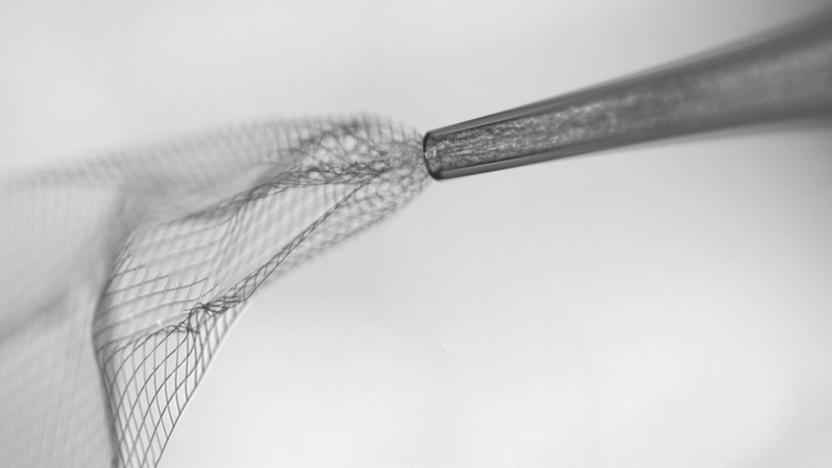
Brain-fixing injectable wires will soon be tested on humans
Last year, a team of Harvard University researchers revealed that they created a wire mesh doctors can inject into the brain to help treat Parkinson's and other neurological diseases. They already successfully tested it on live mice, but now that technology is ready for the next stage: human testing. The mesh made of gold and polymers is so thin, it can coil inside a syringe's needle and doesn't need extensive surgery to insert. Once it's inside your head, it merges with your brain, since the mesh has spaces where neurons can pass through.

Implantable computer chip could spot seizures before they start
Researchers from the University of Melbourne have teamed with IBM to develop an implantable computer chip capable of constantly monitoring the patient's brain activity and, hopefully, predict when they'll suffer an epileptic seizure. The chip is based on IBM's TrueNorth technology and uses a neural network architecture -- similar to the deep learning AIs that Facebook and Google have been toying with.

Scientists predict human thought in real time, nearly every time
Neuroscientists from the University of Washington have decoded brain signals in real-time and with astounding accuracy, as revealed in a recent study published in PLOS Computational Biology. Researchers attached electrodes to the temporal lobes of seven epilepsy patients for roughly one week -- the implants were part of a program that aimed to locate the sources of these patients' seizures, but while the electrodes were active, the patients also participated in this brain-wave study. Researchers were in the neighborhood, after all.

Apple introduces ResearchKit apps for autism, melanoma and epilepsy
Apple wanted to make data gathering easier for medical researchers with ResearchKit. According to the company, since the launch of the open-source platform earlier this year, over 100,000 participants have already shared their health data with a host of apps that study asthma, diabetes, breast cancer and more. The Kit's ever-increasing list of studies will now include autism, epilepsy and melanoma.

Researchers find that people with epilepsy process music differently
A team at the Ohio State University Wexner Medical Center may have just uncovered the most unexpected side-effect associated with epilepsy -- musical brainwave synchronization. The idea for the research came to Christine Charyton, PHD, while considering that 80-percent of epilepsy seizures originate in the same region of the brain that houses the auditory cortex, which processes music.

FDA approves a drug made using 3D printing
You might be familiar with the concept of 3D-printed medical equipment, but you're going to have to get used to seeing 3D-printed medicine, too. The US Food and Drug Administration has approved its first drug manufactured using 3D printing, Aprecia's epilepsy-fighting Spritam. The medication uses a porous, 3D-printed formula to help deliver even very high doses (as high as 1,000mg) while remaining easy to swallow -- all you have to do is take a sip of liquid to quickly disperse the drug and get it into your body.

PotBotics: better cannabis recommendations through science
Medical cannabis, recreational cannabis; it's getting hard to tell the two apart -- even in states where only the former is allowed. Just look at your local dispensary. If it's anything like my local weed shop, your cannabis choices are governed more by the brand name and relative THC content than they are the other active cannabinoids -- you know, the ones with the actual medical benefits. This is great for your average stoner recuperating from a backiatomy, but for patients who really do need these complementary cannabinoid effects, guessing whether Blue Dream or Vallejo Sour Diesel will best help alleviate the effects of their chemo simply won't do. That's why the Bay Area startup PotBotics is working to put some real science -- from a curation of existing scholarly articles and independent studies -- behind cannabis recommendations.














